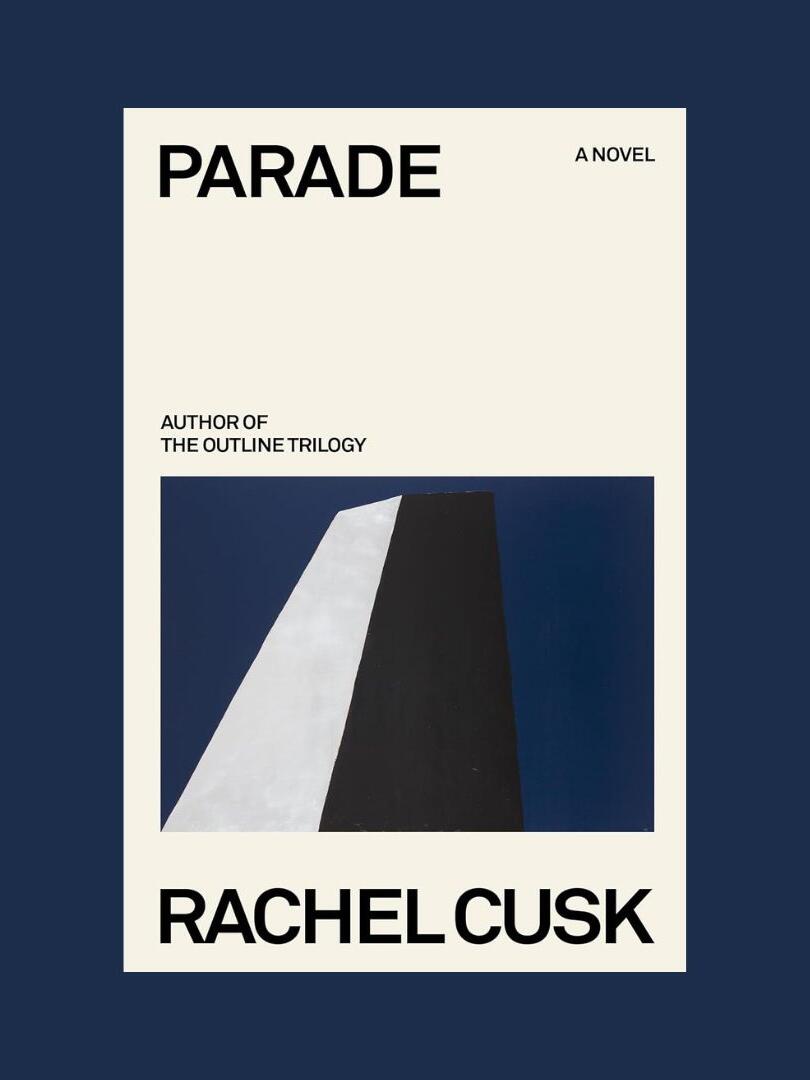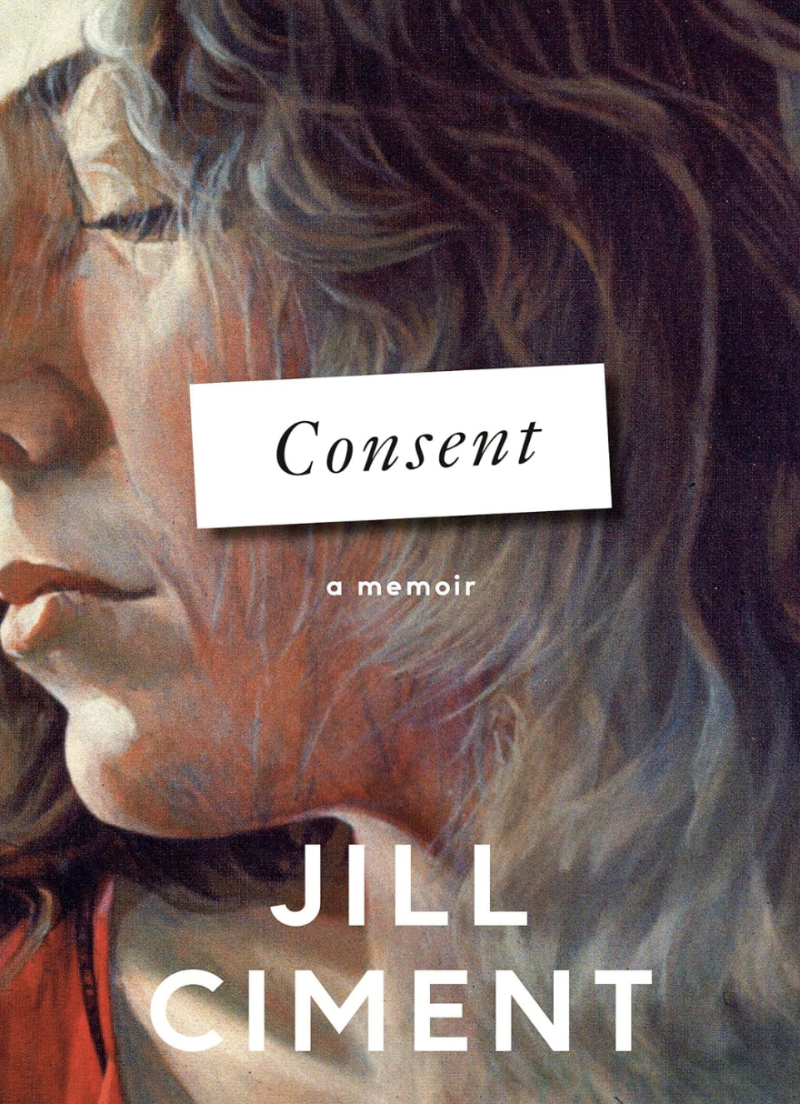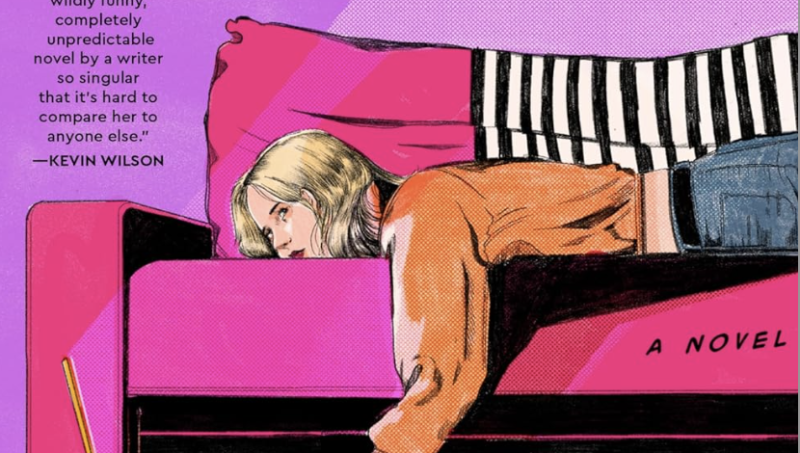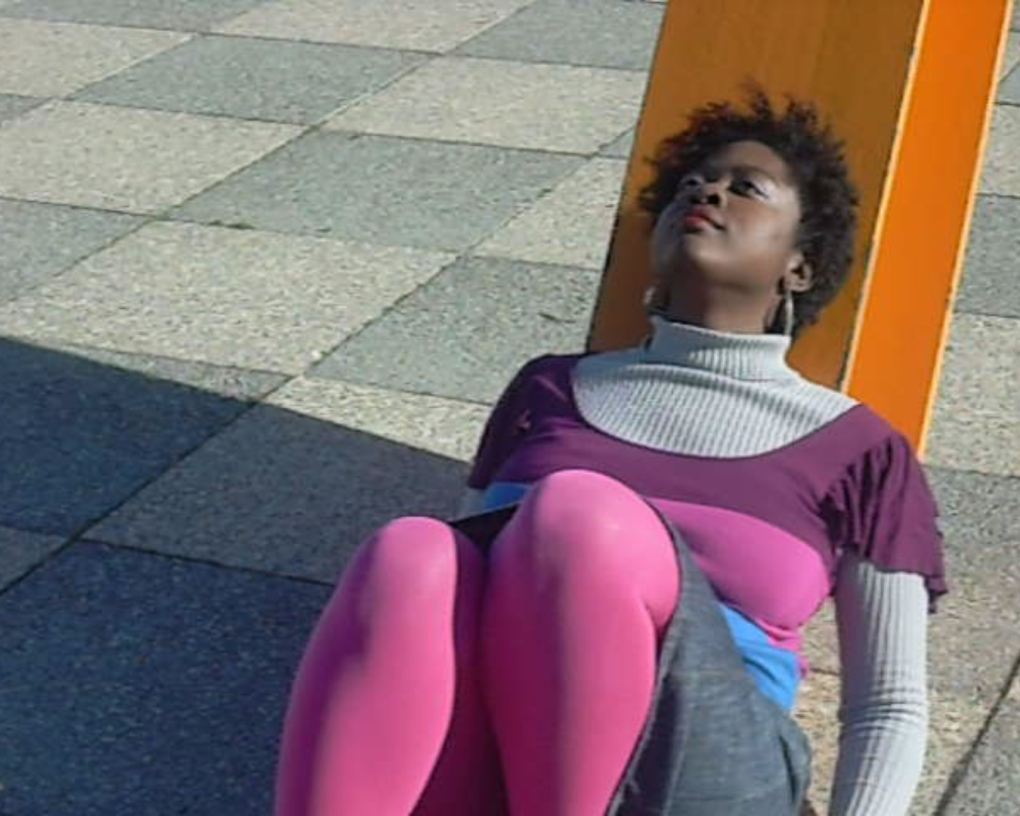But not everyone approved of the “new reality” reflected in G’s upended canvases. “His wife believed that with this development he had inadvertently expressed something disturbing about the female condition.”
The stuntman of this tale is not just the artist G but also his wife, inverted in her husband’s unflattering portraits. And it is also the woman — who may or many not be the artist’s wife — who, disoriented after an unprovoked attack by a deranged woman while walking in an unnamed city, describes her sense of an alternate self in which she is “a kind of stuntman.” In a way, all of Cusk’s female characters — artists, writers, wives, gallerists — are stuntmen fighting what one of them calls the “quicksands of female irrelevance.”
“The Stuntman” ends with G and this woman traveling to another unnamed city to see a retrospective exhibition of works by a female sculptor, also called G. This exhibit, shut down on its opening day by a suicide at the museum, figures again in the novel’s third section, “The Diver,” in which the museum’s director and the artist’s biographer gather with other art professionals to discuss the day’s upsetting events over dinner, noting how the suicide mirrors the “power of disturbance” in the featured sculptor’s work.
Their wide-ranging conversation evokes the sort of earnest intellectual exchanges that people have in French movies. It is classic Cusk, touching on questions about art’s relationship to morality and the challenges of combining art with marriage and motherhood. These issues are also raised in the novel’s dark, fairy-tale-like second section, “The Midwife,” in which another female artist named G is trapped in a horrible marriage to a man who seizes control of their daughter and disapproves of his wife’s work, though not the money it generates.





